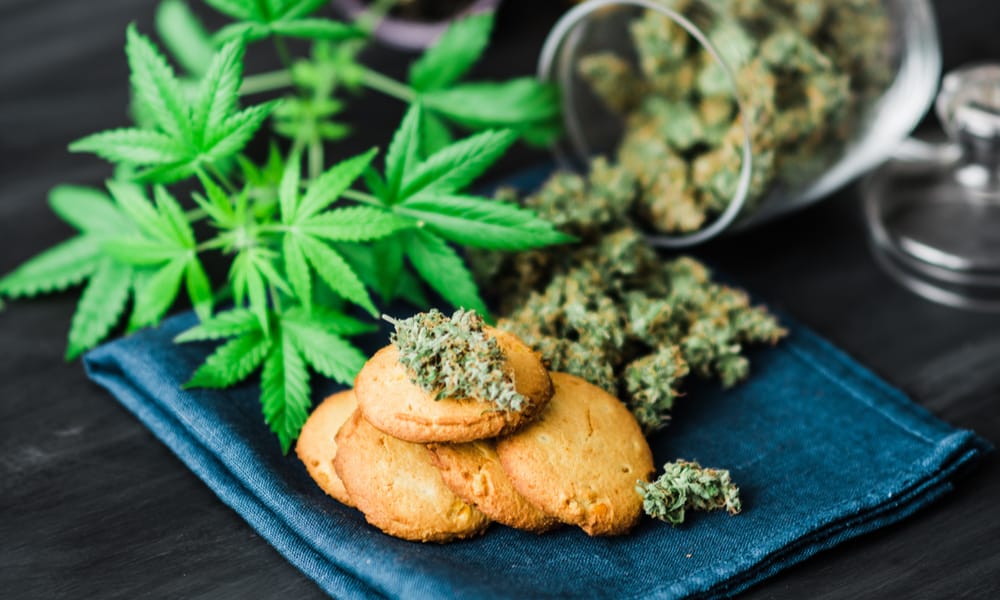Quebec Announces Rigid Regulations on Edibles Ahead of Federal Legalization
FeaturedTrending Stories July 25, 2019 MJ Shareholders 0

In June, the Canadian department of health released federal regulations for cannabis edibles, ostensibly legalized when the country’s voters authorized legalization last fall. Not everyone was pleased with Health Canada’s new rules, which instituted a maximum of 10 milligrams of THC per packaged product, and banned added sugars, sweeteners, and colors. “They’re proposing that we sell sand,” said Vancouver dispensary owner Jessika Villano when a draft of the regulations was made public in February.
But if people are unhappy with the strict federal regulations, one can only imagine how edible-loving Quebecers feel this week. On Wednesday, the state government announced its own regulations, and they turned out to be even more stringent. La Belle Province will not be allowing the sale of any sweet cannabis edibles at all. Add to that this think-of-the-children catch-all: no sale of “any other product that is attractive to minors.”
Other regulations include a cap of five milligrams of THC per solid cannabis product unit, a 10 milligram cap per package of solid product, and a five milligram cap per package of liquid product. Edibles are set to be legalized nationwide on October 17, but will likely not appear in retail outlets until mid-December, as estimated by Health Canada. Fines for cannabis producers who violate these guidelines range from $5,000 to $500,000, according to Quebec’s 2018 Cannabis Regulation Act.
Officials have stated that the limits on flavoring, color, and dosage are due to concern that children could unwittingly ingest products that look and taste similar to candy. Since last year, government authorities have been warning that regulations will be designed to protect kids. Studies that show rising rates of accidental cannabis ingestion among children in states that have had legal marijuana for years, such as Colorado, have been used as justification for the policies.
Health Canada stated in its announcement of the new regulations that they would allow for “a broad diversity of cannabis products, which will help displace the illegal market.” Availability of the products required by consumers is of big concern in the country, where it’s been found that secondary market cannabis retails for half the price of federally legal wares.
That very point is why many have had their hackles raised by rules on maximum THC content in products. Some medical users require large doses of the cannabinoid to get through their day — as high as 1,000 milligrams of THC on a daily basis. The amount of product they would have to buy to ingest their cannabis under the new regulations is prohibitive. The amount of packaging alone constitutes somewhat of an environmental nightmare.
The Quebec government says that it based the new rules on feedback it got from Canadians during a two month period of public consultation between December of last year and February. Federal government authorities have released educational materials cautioning cannabis consumers to “start low, go slow,” when it comes to their THC ingestion — in their view, beginning usage with products that contain 2.5 milligrams of THC or less, or “1 or 2 puffs of a vape or joint.”
MJ Shareholders
MJShareholders.com is the largest dedicated financial network and leading corporate communications firm serving the legal cannabis industry. Our network aims to connect public marijuana companies with these focused cannabis audiences across the US and Canada that are critical for growth: Short and long term cannabis investors Active funding sources Mainstream media Business leaders Cannabis consumers










No comments so far.
Be first to leave comment below.